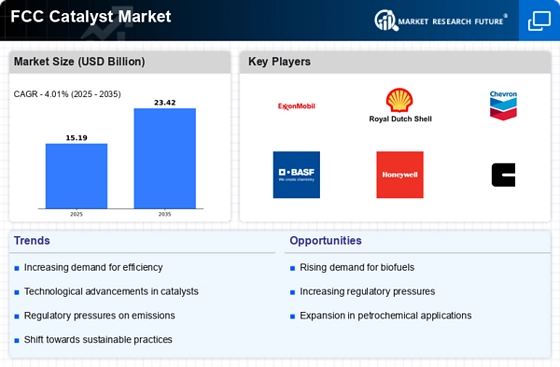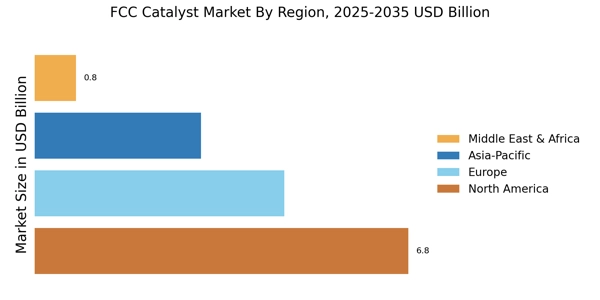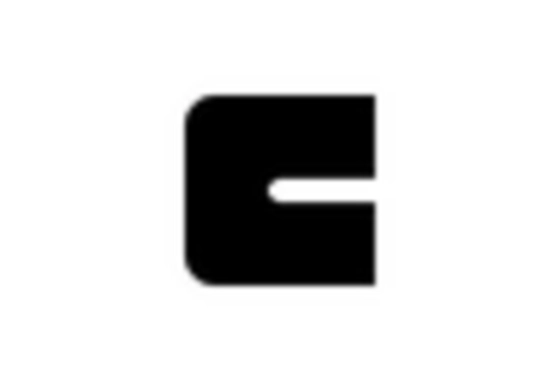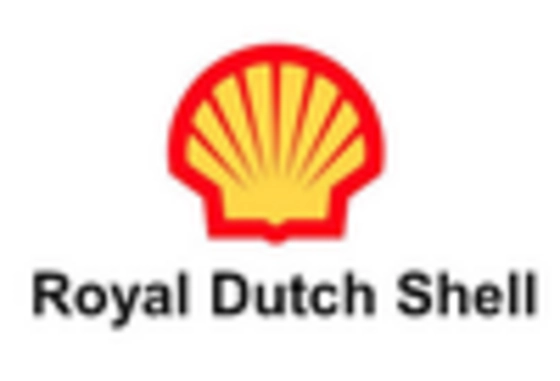Regulatory Compliance
Regulatory compliance is a critical driver in the FCC Catalyst Market, as stringent environmental regulations compel refiners to adopt cleaner technologies. Governments worldwide are implementing policies aimed at reducing emissions and promoting sustainable practices. This regulatory landscape necessitates the use of advanced FCC catalysts that can optimize the conversion of heavy feedstocks into cleaner products. In 2025, it is anticipated that compliance costs will drive an increase in catalyst adoption, with the market expected to grow significantly. The FCC Catalyst Market must adapt to these regulations, ensuring that catalysts not only meet performance standards but also align with environmental goals. This alignment is likely to enhance the market's attractiveness to investors and stakeholders.
Rising Demand for Fuels
The FCC Catalyst Market is experiencing a notable increase in demand for fuels, driven by the growing global energy needs. As economies expand, the need for efficient refining processes becomes paramount. The transition towards cleaner fuels is also influencing this demand, as refineries seek catalysts that enhance the production of low-sulfur fuels. In 2025, the market for FCC catalysts is projected to reach approximately USD 4 billion, reflecting a compound annual growth rate of around 5%. This growth is indicative of the industry's response to regulatory pressures and consumer preferences for sustainable energy solutions. Consequently, the FCC Catalyst Market is poised to benefit from this trend, as refiners invest in advanced catalytic technologies to meet evolving fuel standards.
Technological Innovations
Technological innovations are reshaping the FCC Catalyst Market, as advancements in catalyst formulations and processes enhance efficiency and selectivity. The introduction of novel materials and improved catalyst designs is enabling refiners to achieve higher yields and better product quality. In recent years, research has focused on developing catalysts that can operate effectively under varying conditions, thus broadening their applicability. The market is expected to witness a surge in demand for these innovative catalysts, with projections indicating a growth rate of 6% annually through 2025. This trend underscores the importance of continuous research and development in the FCC Catalyst Market, as refiners seek to leverage cutting-edge technologies to maintain competitiveness.
Shift Towards Petrochemical Production
The shift towards petrochemical production is significantly influencing the FCC Catalyst Market, as refiners increasingly focus on producing high-value chemicals alongside fuels. This trend is driven by the rising demand for petrochemicals in various applications, including plastics and synthetic materials. As a result, refiners are investing in FCC catalysts that facilitate the conversion of crude oil into a broader range of products. The market for FCC catalysts tailored for petrochemical applications is projected to grow, reflecting a shift in refining strategies. By 2025, it is estimated that the demand for catalysts in petrochemical production will account for a substantial portion of the overall FCC Catalyst Market, highlighting the evolving landscape of refining.
Increased Investment in Refining Capacity
Increased investment in refining capacity is a pivotal driver for the FCC Catalyst Market, as companies seek to enhance their operational capabilities. The expansion of refining facilities, particularly in emerging markets, is expected to create a surge in demand for FCC catalysts. This investment trend is fueled by the need to meet rising energy consumption and the desire to optimize production processes. In 2025, the refining sector is projected to invest over USD 10 billion in capacity expansions, which will likely translate into increased catalyst sales. The FCC Catalyst Market stands to benefit from this influx of investment, as refiners prioritize the adoption of advanced catalytic technologies to maximize efficiency and output.


















Leave a Comment